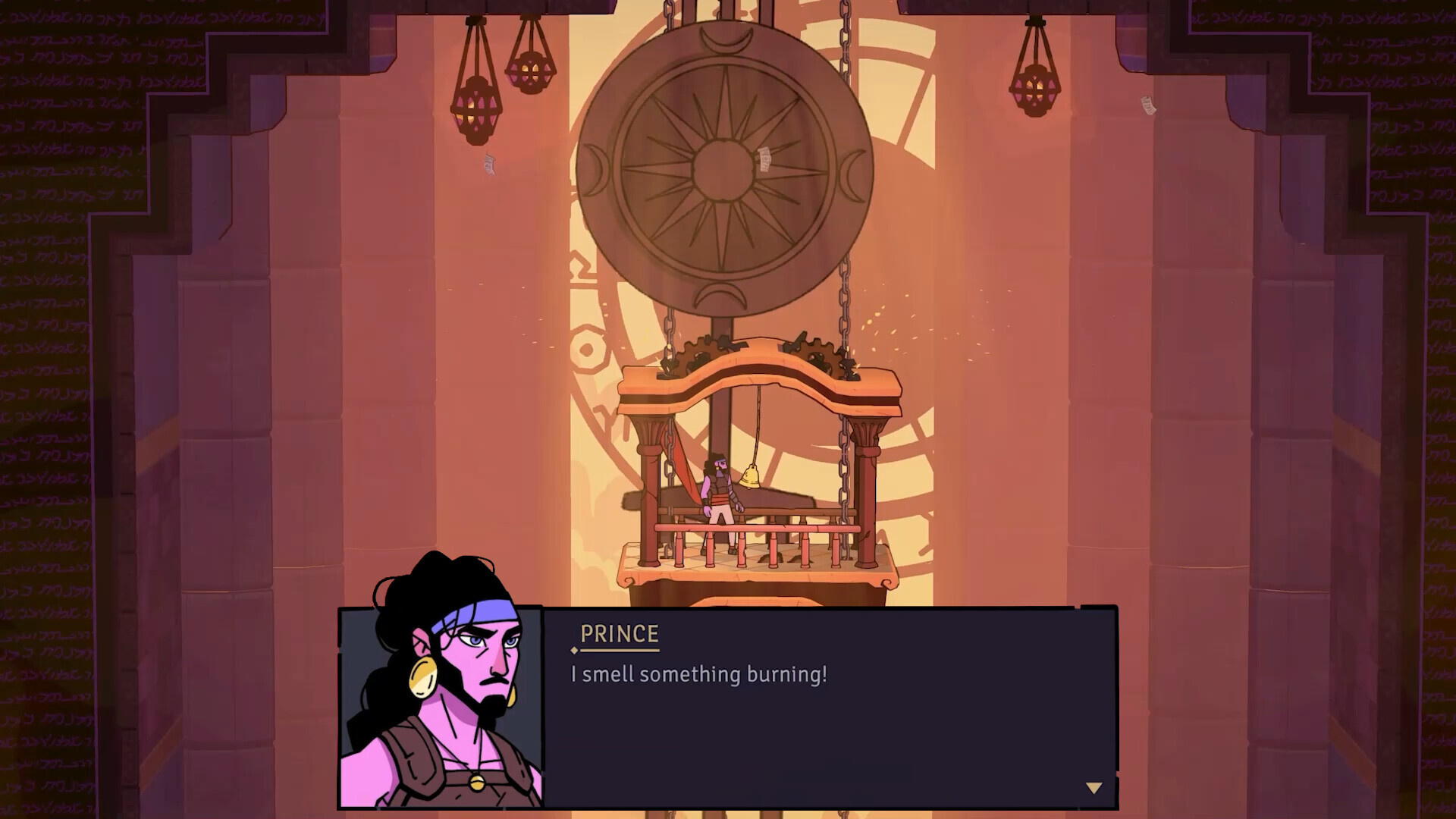Zenless Zone Zero (ZZZ) is HoYoverse’s third game launch in four years. You’d think that HoYo’s formula would get stale with yet another free-to-play gacha RPG dropping just 15 months after the release of Honkai: Star Rail, but that couldn’t be further from the truth. The developer has managed to create another familiar but distinct gameplay experience by once again learning from past missteps to deliver a game that is both iterative and innovative at the same time. The downside here, however, is that ZZZ puts several new and interesting elements together but forces you to spend the most time with the least interesting of the bunch.
Zenless Zone Zero has more style and aesthetic excellence than both Genshin Impact and Honkai: Star Rail, all in a much smaller package in terms of world size and scale of locations. At this point, Genshin Impact’s open-world has become almost too large and sprawling to facilitate a comfortable or compact mobile gaming experience, meaning it’s best experienced on PC or console. Meanwhile, Star Rail is the exact opposite because its turn-based combat and auto-battle features are a perfect fit for mobile devices. Zenless Zone Zero sits squarely in the middle of those two experiences by combining roguelike puzzle dungeons, fast-paced action combat, and chill life-sim activities into one varied gameplay loop.
The story also deviates from what we’ve come to expect from HoYoverse. The world-building is still strong, but it’s scaled back considerably. Instead of high-stakes conflicts with gods and higher powers, so far, Zenless Zone Zero has you follow the daily lives of two tech-genius siblings–Wise and Belle–as they find ways to make money legally and illegally. You get to pick which sibling you play as, but no matter who you go with, both remain in the story as characters who get regular dialogue. The main difference is that you choose what your protagonist says and control them while exploring the city of New Eridu.



